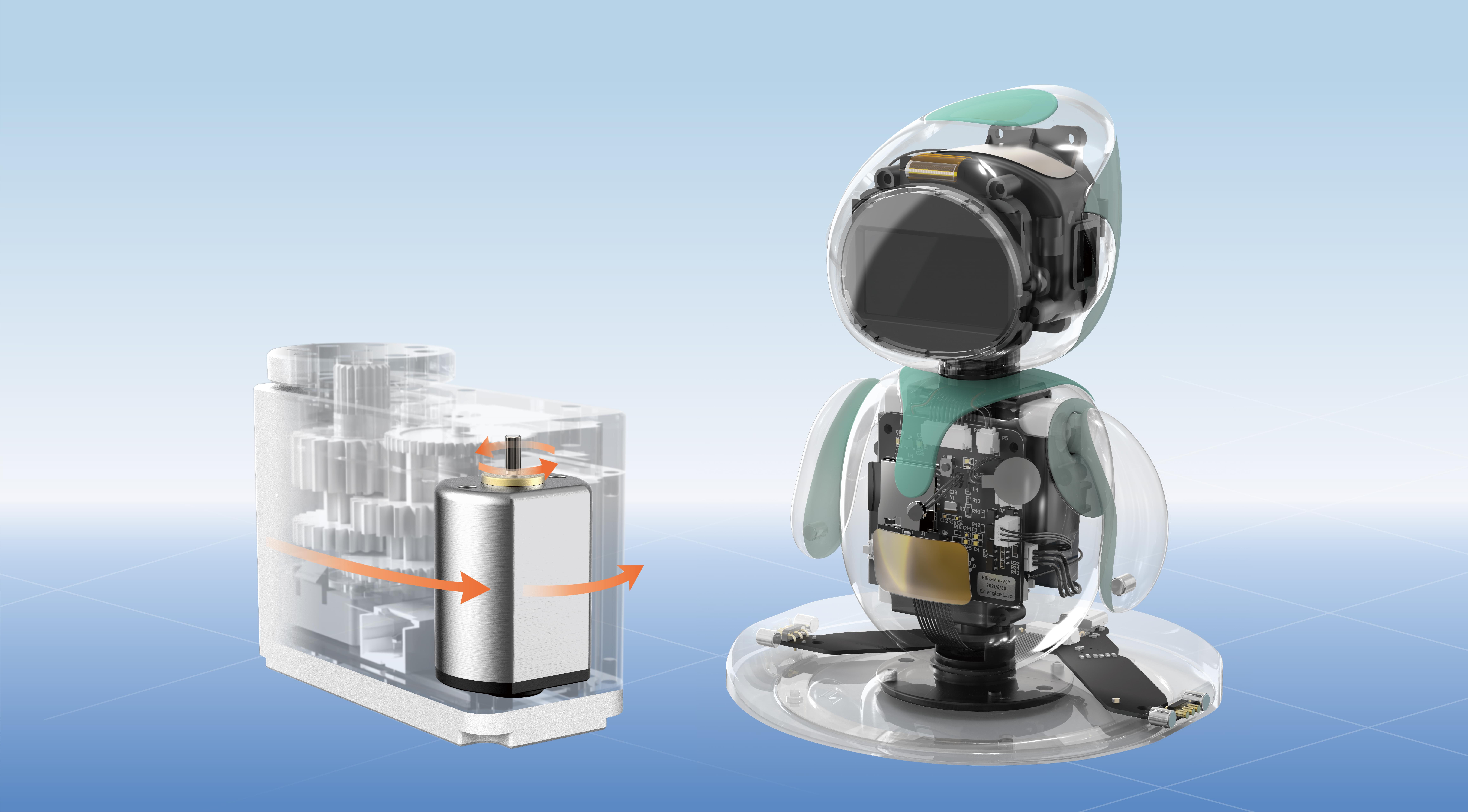Ever wonder how large-scale platforms manage to stay swift while handling a mountain of requests? Think about services like streaming apps or online marketplaces—they rely heavily on microservices architecture. Imagine breaking down a giant jigsaw puzzle into tiny, manageable pieces. That’s essentially what microservices do—they split a monolith into smaller, functional chunks, each responsible for specific features.

Let’s talk Java—yes, the dependable language you probably learned in college or used in countless projects. Java makes building these microservices a breeze, especially with its rich ecosystem. For example, frameworks like Spring Boot simplify setting up isolated services. You can create a small service for user authentication, another for product management, and a separate one for order processing—each running independently, but working seamlessly together.
Picture this: you develop a shopping cart microservice in Java. You toss in some REST APIs, a database connection, maybe even a message broker like Kafka for real-time updates. When a user adds products, your microservice kicks in, updating the cart without affecting other parts of the system. It’s fast, flexible, and resilient. If one service hiccups, it doesn’t bring down the entire platform—kind of like replacing a blown fuse without shutting off everything.
Now, why is this approach a game-changer? Because over time, businesses grow, features multiply, and monoliths become brittle. In Java, you get a proven track record with thousands of tools and libraries that boost development speed. Handling scaling becomes easier—just spin up more instances of a microservice rather than entire apps. Load balancing, fault tolerance—these become simpler puzzles.
You might ask, “Is it complicated?” Well, initially, microservices require a shift in thinking—more focus on service boundaries and communication protocols. But with Java’s powerful tools—like Spring Cloud or microprofile—taking that leap isn’t intimidating anymore. Plus, you get better deployment agility. You can push updates to one microservice without touching the others. Suddenly, continuous delivery becomes more than just a buzzword.
Imagine building an online bookshop: a microservice for search, another for reviews, a small one for recommendations—all coded in Java. How do you ensure they work well together? Through RESTful APIs and message queues. It’s like orchestrating a symphony, except instead of musicians, you’ve got APIs and data pipes.
So, what kind of businesses stand to benefit the most? Any enterprise that needs agility, scalability, and fault isolation. From startups trying to grow fast without breaking under legacy code, to big corporations chasing high availability—Java microservices can be the core of a future-proof architecture.
If you're curious about diving into microservices with Java, remember, it’s a journey. Start small, think modular, and use the vast array of Java frameworks. You won’t just end up with cleaner code; you'll have a platform that adapts as your needs evolve overnight. Ready to break the monolith and embrace a scalable world?
Established in 2005, Kpower has been dedicated to a professional compact motion unit manufacturer, headquartered in Dongguan, Guangdong Province, China. Leveraging innovations in modular drive technology, Kpower integrates high-performance motors, precision reducers, and multi-protocol control systems to provide efficient and customized smart drive system solutions. Kpower has delivered professional drive system solutions to over 500 enterprise clients globally with products covering various fields such as Smart Home Systems, Automatic Electronics, Robotics, Precision Agriculture, Drones, and Industrial Automation.




































